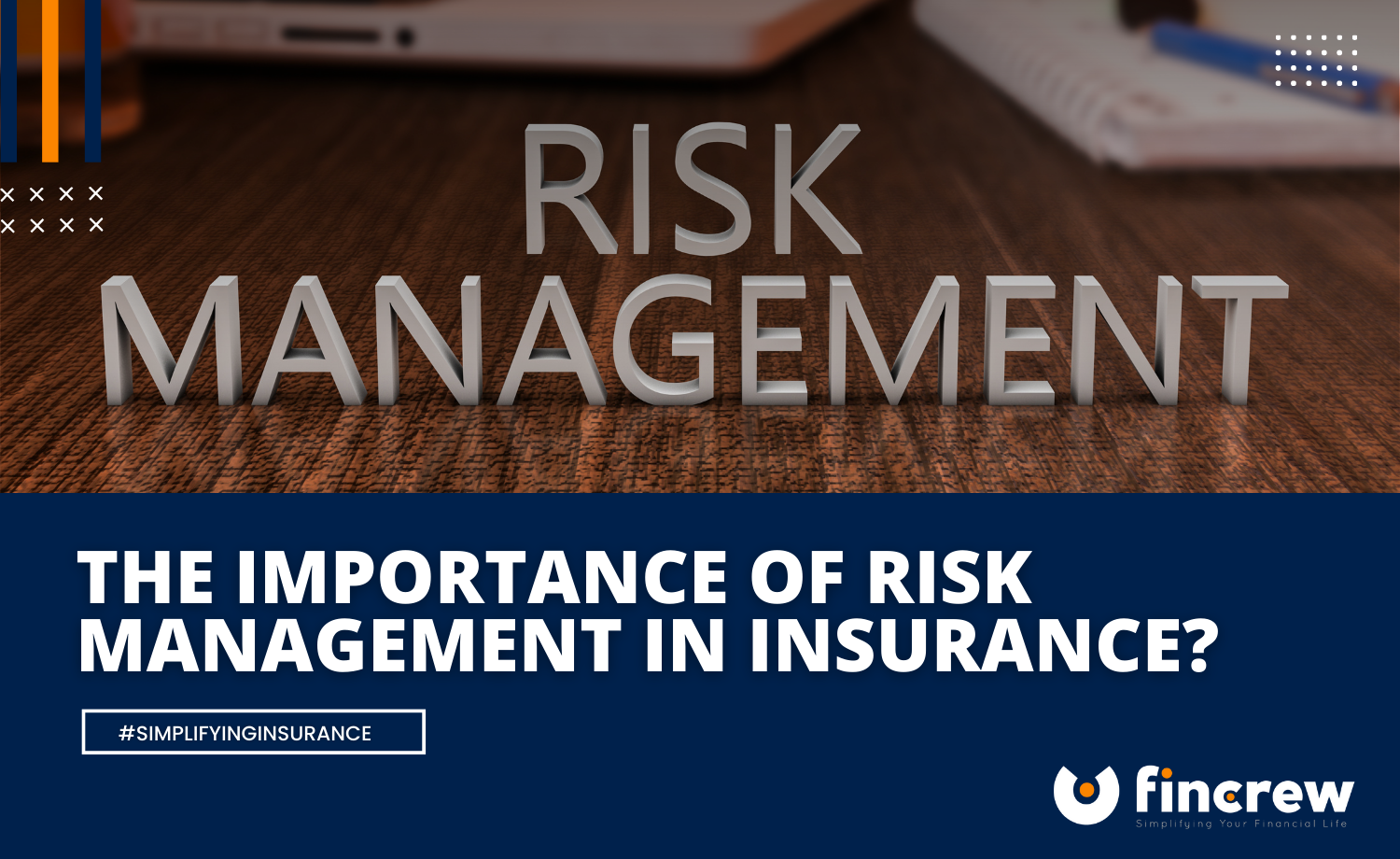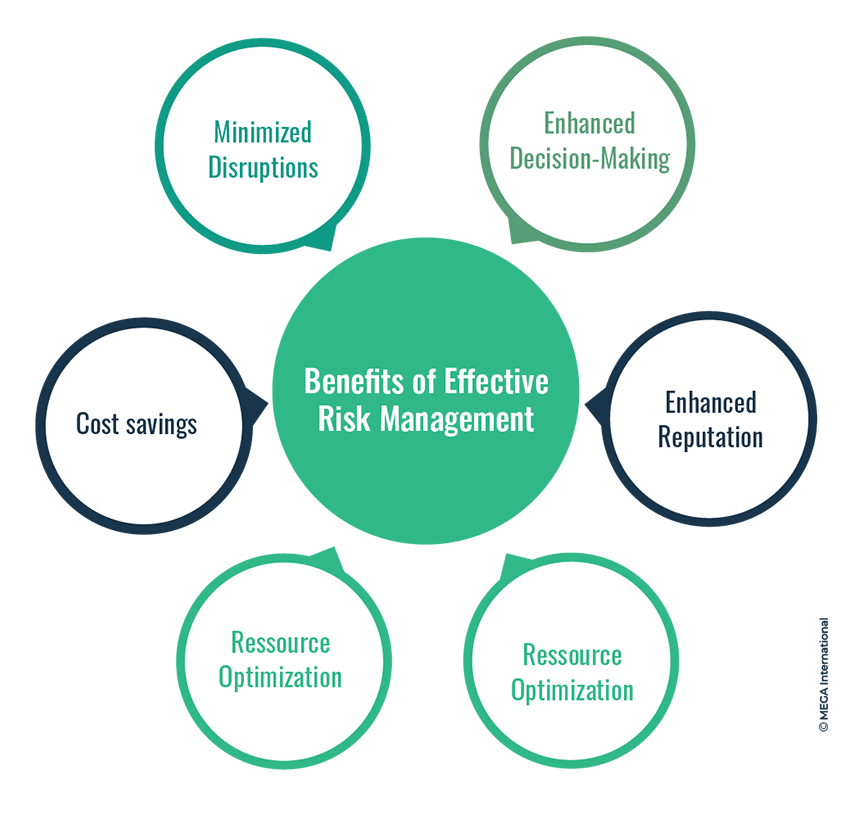Exploring the Value of Risk Management for Effective Decision-Making Approaches
In the detailed world of organization, Risk Management arises as an essential consider the decision-making procedure. The capability to recognize potential dangers and opportunities, and strategize as necessary, can spell the distinction in between success and failure. With tools such as SWOT and PESTEL, companies are equipped to make educated selections, promoting resilience and versatility in an ever-changing setting. Wondering how this works? Let's unload the characteristics additionally.
Understanding the Idea of Risk Management
Risk Management, an essential part in decision-making, is typically misunderstood or oversimplified. Risk Management includes organized and regimented methods, making use of data and informative assessments. From economic uncertainties, lawful obligations, critical Management mistakes, to accidents and natural calamities, it deals with numerous risks - importance of risk management.
The Duty of Risk Management in Decision-Making Processes
In the world of tactical planning and business operations, Risk Management plays an indispensable duty in decision-making processes. Risk Management hence comes to be an important tool in decision-making, helping leaders to make enlightened selections based on a detailed understanding of the dangers entailed. Risk Management offers as an essential element in the decision-making processes of any organization.

How Risk Management Improves Strategic Planning
In the context of tactical preparation, Risk Management plays an essential function. Starting with the recognition of potential risks, it better expands to the application of Risk mitigation actions. The function of Risk Management is not static yet dynamic, as it demands constant tracking and adjusting of techniques.
Identifying Prospective Risks

Carrying Out Risk Mitigation
Having actually developed the relevance of identifying prospective threats, the following action is to check out Risk mitigation. This process includes establishing and carrying out techniques to manage identified risks efficiently. It is an important element of calculated preparation as it improves decision-making by lessening prospective unfavorable outcomes. Risk reduction methods can range from Risk evasion, Risk transfer, to take the chance of decrease. Each method ought to be tailored to the specific Risk, considering its prospective effect and the company's Risk tolerance. Effective Risk reduction calls for a deep understanding of the Risk landscape and the possible influence of each Risk. This understanding enables companies to prioritize risks and allot sources efficiently, making sure that the most substantial dangers are dealt with initially.
Monitoring and Adjusting Techniques
Though Risk reduction is a vital action in critical preparation, continual tracking and change of these techniques is equally essential. This recurring process enables companies to determine new dangers and reassess existing ones, guaranteeing the applied strategies stay reliable in the ever-changing company environment. It additionally offers an opportunity to assess the success of the Risk Management measures, allowing modifications to be made where necessary, additional enhancing strategic preparation. Reliable surveillance and modification need making use of analytics and helpful resources vital performance signs (KPIs) to determine performance. These devices provide beneficial data-driven insights that can educate tactical decision-making. Tracking and readjusting Risk Management strategies is a vital element for enhancing an organization's resilience and strategic planning.
Case Researches: Effective Risk Management and Decision-Making
Worldwide of business and finance, successful Risk Management and decision-making frequently function as the pillars of flourishing business. One such entity is an international oil company that minimized monetary loss by hedging against changing oil costs. In another circumstances, a technology start-up thrived by link determining and approving high-risk, high-reward techniques in an unpredictable market. An international financial institution, confronted with governing unpredictabilities, effectively navigated the scenario with aggressive Risk evaluation and vibrant decision-making. These situations highlight the value of astute Risk Management in decision-making procedures. It is not the lack of Risk, however the Management of it, that often sets apart successful firms from unsuccessful ones. These instances emphasize the essential function of Risk Management in tactical decision-making. importance of risk management.
Tools and Methods for Effective Risk Management
These devices, such as Risk registers and heat maps, help in identifying and evaluating potential threats. Risk reaction approaches, a vital element of Risk Management, involve approving, preventing, transferring, or mitigating threats. With these devices and methods, decision-makers can browse the facility landscape of Risk Management, thereby promoting educated and effective decision-making.
Future Fads in Risk Management and Decision-Making Approaches
As we explore the huge landscape of Risk Management, it becomes apparent that the tools and techniques used today will remain to advance. Future patterns aim in the direction of an increased dependence on modern technology, with synthetic intelligence and maker discovering playing significant duties. These technologies will certainly enable companies to anticipate possible risks with greater precision and make even more educated choices. Additionally, there will certainly be a growing emphasis on resilience, not simply in taking care of dangers but likewise in getting better from adverse situations. Finally, the principle of Risk society, where every member of a read this post here company realizes and associated with Risk Management, will certainly get a lot more prominence. These fads proclaim a more positive and comprehensive technique towards Risk Management and decision-making.
Conclusion

Risk Management therefore ends up being a crucial tool in decision-making, aiding leaders to make enlightened options based on a comprehensive understanding of the threats included. Risk reduction techniques can vary from Risk evasion, Risk transfer, to risk decrease (importance of risk management). Reliable Risk mitigation requires a deep understanding of the Risk landscape and the prospective impact of each Risk. Risk reaction strategies, a vital component of Risk Management, entail accepting, avoiding, transferring, or mitigating risks. The principle of Risk culture, where every participant of a company is conscious and entailed in Risk Management, will certainly get more prestige
 Neve Campbell Then & Now!
Neve Campbell Then & Now! Josh Saviano Then & Now!
Josh Saviano Then & Now! Nancy McKeon Then & Now!
Nancy McKeon Then & Now! Andrew McCarthy Then & Now!
Andrew McCarthy Then & Now! Nicholle Tom Then & Now!
Nicholle Tom Then & Now!